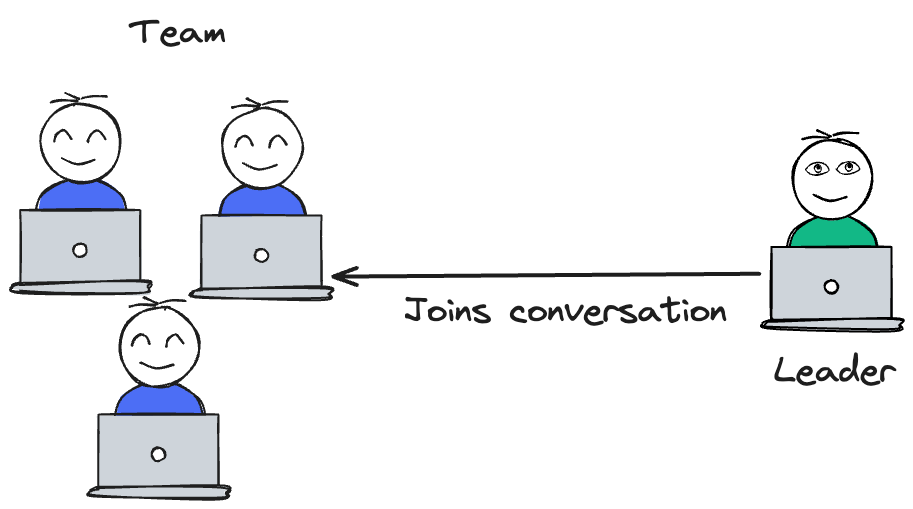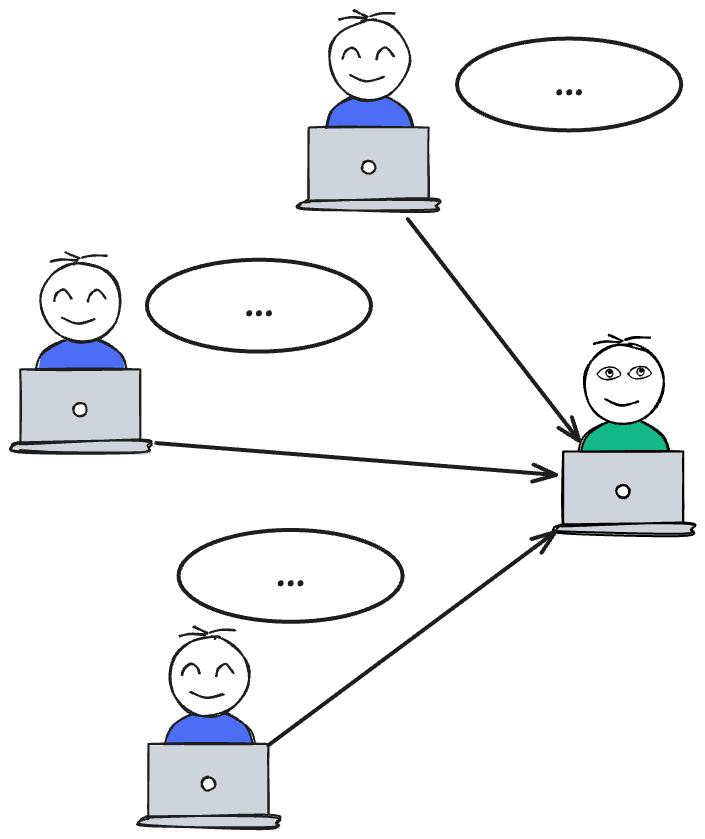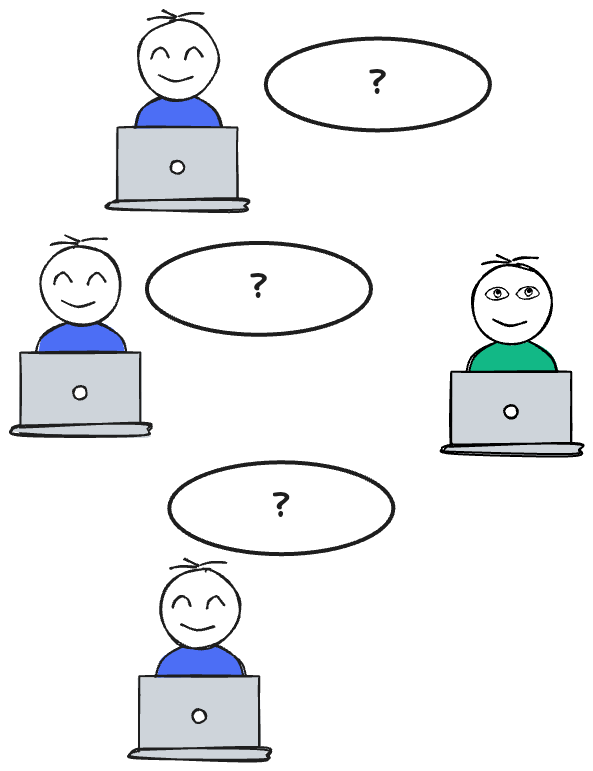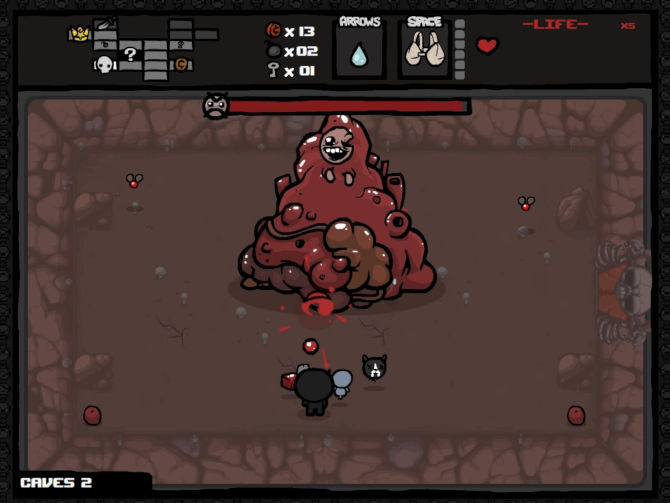Mastering the Art of Facilitating Decision-Making as a Leader
Help your team make effective decisions using the GROW framework.
We often think leaders have all the answers.
This starts in childhood when we look at our parents as the people who can show and explain the world to us. Several kids reach the “why” phase, asking about everything. At that time, children see parents as people with all the answers.
When I started my journey as a software engineer, I had the same impression of people working with me.
These experienced developers and leaders knew so much more than I did. They were incredibly good at catching my mistakes and teaching me their reasons. I just thought they had all the answers.
SPOILER: they didn’t.
The Leader’s Role

A leader is like the host of a show.
Whether it is a podcast, a TV show, or an interview, the host is not the person giving the answers. You know the host is good when they ask the right questions. The host’s goal is to help the guest provide value to the audience.
When you listen to a podcast where someone is interviewed, you are interested in the guest, not the host.
The host is the facilitator of the conversation. Their job is to make the conversation entertaining and provide topics and questions. The guest is the one sharing their experience and their knowledge.
The leader is like the host of an interview: a facilitator.
The Leader as a Facilitator
When your team asks for your help making a decision, act as a learner, not a knower.
It is common to join a conversation thinking that people need your answers. The truth is they don’t. Most of the time, they need a discussion.
When you join a discussion, the worst thing you can do is to start proposing solutions.
Let me give you some context:
When the team needs your help, they have already discussed the issue for a while.
They know the problem better than you.
They have already discussed some solutions.
If you join the conversation assuming you know the answer, you think you are more intelligent than them.
As a leader, you want people to find solutions without your help as much as possible. Your goal is to remove obstacles and facilitate the conversation.
The leader has two goals:
Help the team find a solution, facilitating the conversation.
Support the team during the implementation.
The GROW framework
The GROW framework is a set of steps you can use to help your team make decisions.
It comprises four steps, each focusing on a different aspect of conversation. Following these steps is an easy way to act as a learner and lead with curiosity. By the end of the process, you want your team to provide solutions.
1. GET
During this step, you gather all the information from the team.
This is the phase when you must listen without interrupting. You might be overloaded with information during this phase. I usually take notes. It helps me focus and will also be helpful for the following phases.
Your main goal here is to listen.
2. REALITY
In this step, you are faced with the reality: there is a problem.
After you have gathered all the information, you need to understand the problem. Sometimes, the real problem is easy to understand; others, it isn’t clear to the team. That’s when your role as a facilitator begins:
Ensure everyone understands the problem.
If you took notes in the previous step, use them to organize all your data and try to understand the problem. You cannot move to the next step until everyone (including you) clearly understands the problem.
Write the problem down and put it in front of everyone.
Give the team some time to read the problem themselves.
If everyone agrees that the problem is clear, you can move to the next step.
3. OPTIONS
Given the information you have and given the problem, what options do we have?
During this phase, the team should present possible solutions.
Let the team expose the solutions they considered during their conversation. You might start with many options here, but after step 2, some options will be eliminated immediately. Usually, when the problem is clear, some proposed solutions will be incorrect.
In this phase, it’s crucial to avoid any judgment.
As a leader, ensure everyone is encouraged to speak and propose solutions, especially if they proposed one that was discarded.
Ideally, at the end of this phase, you want to have three options or less.
4. WHAT
What do we do now?
Given the problem and options we have, which one do we choose?
During this phase, you want the team to evaluate the options. As a leader, you want to ask questions and help them explain their proposals. Try to facilitate the conversation without giving a strong opinion.
As a leader, you want the team to decide, and your influence might have a huge impact.
You don’t want to decide for the team. You want the team to decide since you can’t hold the team accountable for your decision.
At the end of this phase, everyone must be able to answer the following questions:
What is the problem?
What solution are we implementing?
Why is this the solution we are implementing?
What else do we need?
Question number 4 will create action items.
The team might need information, permissions, or preliminary work to implement the proposed solution.
Write down action items before the end of the meeting.
Read Next
The Cynefin framework: how to classify and solve different types of problems
Not all problems are equal When approaching a problem, I usually have that “gut feeling” telling me it’s easy or hard. Even before analyzing the problem, you can instinctively feel if you already know what to do or need more information. This is an instinct that grows with experience and becomes more precise. Both have more general exp…
Breaking Down Barriers: How to Remove Your Knower Armor and Lead With Curiosity
If I had only one hour to save the world, I would spend fifty-five minutes defining the problem, and only five minutes finding the solution. Alber Einstein There is no clear evidence that this quote came from Einstein, but the concept remains. So many times, we focus on solutions instead of understanding the problem. This …









